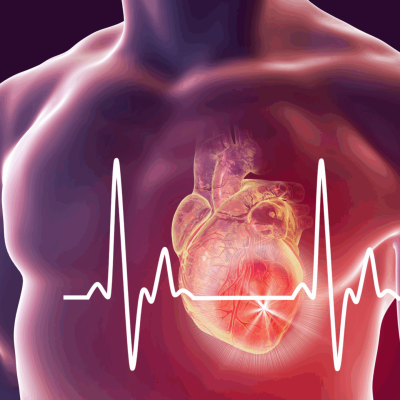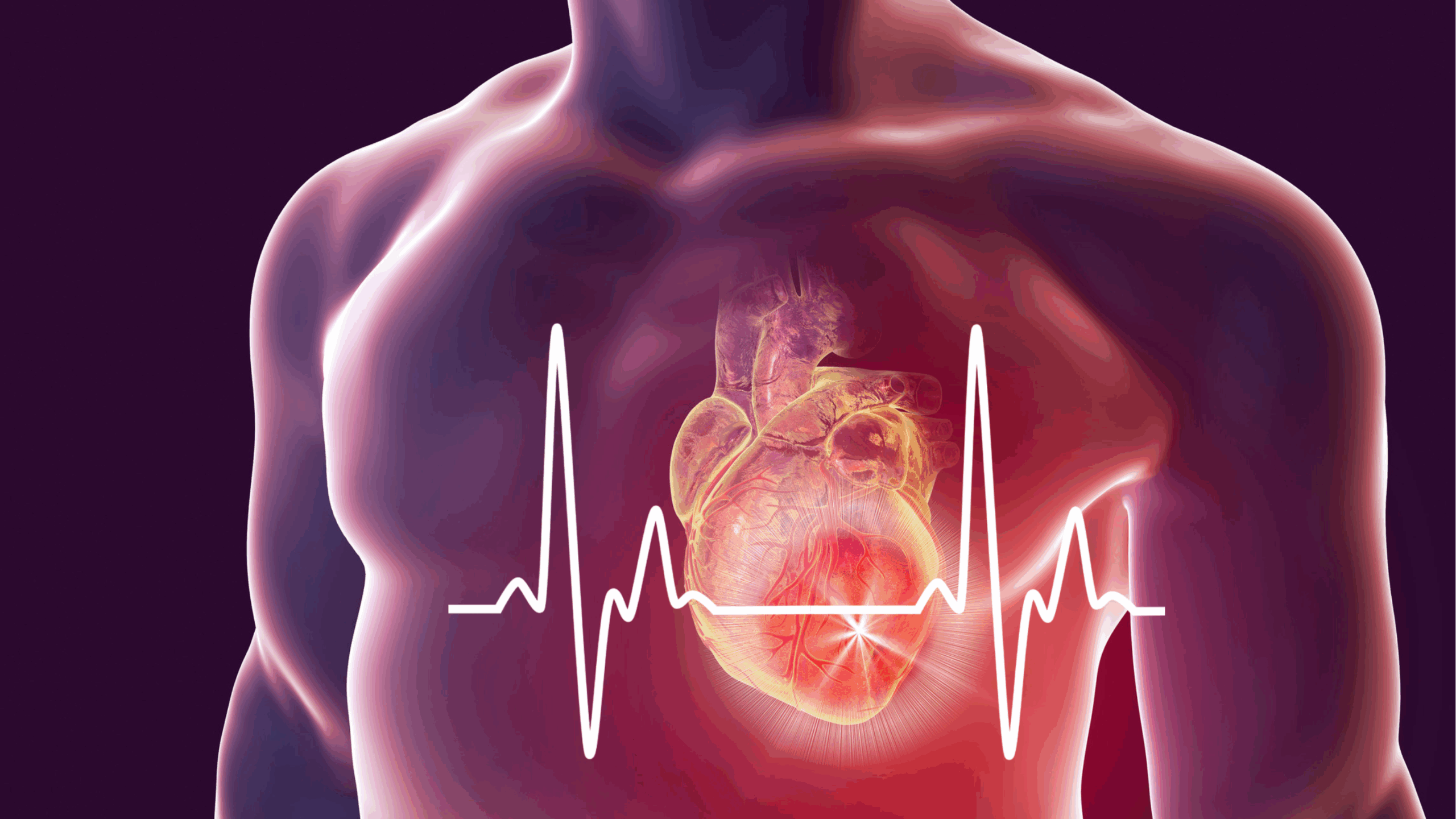What are Cardiovascular Diseases?
Cardiovascular diseases (CVDs) represent a broad spectrum of conditions affecting the heart and blood vessels. These diseases disrupt the vital function of the circulatory system, which is to transport oxygen, nutrients, hormones, and cellular waste products throughout the body. The consequences of CVDs can range from reduced quality of life to life-threatening events like heart attacks and strokes, making them a leading cause of mortality globally. Understanding the specific mechanisms and the interconnectedness of these conditions is crucial for effective prevention and management. For instance, atherosclerosis, the buildup of plaques in arteries, underlies many forms of CVD, including coronary artery disease and peripheral artery disease.
What causes CVDs?
The etiology of CVDs is complex, involving a dynamic interplay between modifiable and non-modifiable risk factors.
- Modifiable Risk Factors: These are factors that can be influenced through lifestyle changes and medical interventions.
- Hypertension (High Blood Pressure): Chronically elevated blood pressure exerts excessive force on the artery walls, leading to damage and increasing the risk of blood clots and arterial thickening. The renin-angiotensin-aldosterone system (RAAS) and the sympathetic nervous system play key roles in blood pressure regulation.
- Dyslipidemia (Abnormal Blood Lipid Levels): High levels of low-density lipoprotein cholesterol (LDL-C) contribute to plaque formation, while high-density lipoprotein cholesterol (HDL-C) has a protective effect. Triglycerides also play a role in cardiovascular risk.
- Tobacco Smoking: Chemicals in cigarette smoke damage the endothelium (the inner lining of blood vessels), promote inflammation, increase platelet aggregation (clotting), and reduce oxygen-carrying capacity.
- Diabetes Mellitus: Hyperglycemia (high blood sugar) damages blood vessels over time through processes like advanced glycation end-products (AGEs) formation and increased oxidative stress.
- Obesity and Overweight: Excess body fat, particularly visceral fat, is associated with insulin resistance, dyslipidemia, and hypertension, all contributing to CVD risk. Adipose tissue is now recognized as an active endocrine organ releasing various hormones and cytokines that can impact cardiovascular health.
- Physical Inactivity: Lack of exercise contributes to obesity, insulin resistance, and poor lipid profiles. Regular physical activity has numerous cardiovascular benefits, including improved endothelial function and blood pressure control.
- Unhealthy Diet: Diets high in saturated and trans fats, sodium, and added sugars promote dyslipidemia, hypertension, inflammation, and weight gain. Conversely, diets rich in fruits, vegetables, whole grains, and lean proteins are cardioprotective.
- Non-Modifiable Risk Factors: These are factors that cannot be changed.
- Age: The risk of CVD increases significantly with age due to cumulative exposure to risk factors and natural aging processes in the cardiovascular system.
- Sex: Historically, men have been considered at higher risk at younger ages, but cardiovascular disease is the leading cause of death for both men and women, with women often presenting with different symptoms.
- Family History: A genetic predisposition to CVD can increase an individual’s risk, likely due to inherited variations in genes related to lipid metabolism, blood pressure regulation, and inflammatory responses.
- Ethnicity: Certain ethnic groups have a higher prevalence of CVD risk factors.
What are symptoms of CVDs?
The clinical presentation of CVDs is diverse and depends on the specific condition and the extent of the disease.
- Coronary Artery Disease (CAD): Often manifests as angina pectoris (chest pain, tightness, or pressure), typically triggered by physical exertion or emotional stress and relieved by rest or nitroglycerin. Other symptoms can include shortness of breath, fatigue, and palpitations. In women, symptoms can be more atypical, such as nausea, back pain, or jaw pain. A complete blockage of a coronary artery can lead to a myocardial infarction (heart attack), characterized by severe, prolonged chest pain, often radiating to the arm, neck, or jaw, accompanied by sweating, nausea, and shortness of breath.
- Cerebrovascular Disease (Stroke): Occurs when blood flow to a part of the brain is interrupted. Symptoms depend on the area of the brain affected and can include sudden numbness or weakness of the face, arm, or leg (usually on one side of the body), trouble speaking and understanding, vision problems, dizziness, loss of balance, and severe headache. Transient ischemic attacks (TIAs) are “mini-strokes” with temporary symptoms.
- Peripheral Artery Disease (PAD): Affects blood vessels outside the heart and brain, most commonly in the legs. Symptoms include claudication (leg pain during exercise relieved by rest), numbness, coldness, and in severe cases, pain at rest, non-healing sores, and gangrene.
- Heart Failure: A condition where the heart can’t pump enough blood to meet the body’s needs. Symptoms include shortness of breath, fatigue, swelling in the ankles and legs, and rapid or irregular heartbeat.
How can you diagnose CVDs?
A comprehensive diagnostic approach is used to identify CVDs and assess an individual’s risk.
- Clinical Assessment: Includes a thorough medical history, focusing on symptoms, risk factors, and family history, along with a physical examination to check blood pressure, heart rate, and listen for heart murmurs or other abnormalities.
- Electrocardiogram (ECG or EKG): Records the electrical activity of the heart and can detect arrhythmias, signs of ischemia (reduced blood flow), or previous heart attacks.
- Echocardiogram: Uses ultrasound waves to create moving images of the heart, allowing assessment of its structure, function, and valve activity.
- Blood Tests: Measure levels of cholesterol, triglycerides, blood glucose, and cardiac biomarkers (e.g., troponin in cases of suspected heart attack). Inflammatory markers like C-reactive protein (CRP) may also be assessed.
- Exercise Stress Test: Monitors the heart’s electrical activity, blood pressure, and symptoms while the patient exercises on a treadmill or stationary bike, helping to detect ischemia.
- Cardiac Catheterization and Angiography: A thin, flexible tube (catheter) is inserted into a blood vessel and guided to the heart. A contrast dye is injected, and X-rays (angiography) are taken to visualize the coronary arteries and identify blockages.
- Imaging Techniques: Chest X-rays can show the size and shape of the heart and lungs. CT scans and MRI can provide more detailed images of the heart and blood vessels.
Dietary management of CVDs:
Dietary interventions are fundamental in both the prevention and management of CVDs. The focus is on adopting a heart-healthy eating pattern.
Emphasize:
- Fruits and Vegetables: Rich in vitamins, minerals, fiber, and antioxidants. Aim for a variety of colors.
- Whole Grains: Provide fiber, which helps lower cholesterol and regulate blood sugar. Examples include oats, brown rice, and whole-wheat bread.
- Lean Proteins: Sources like fish (especially fatty fish rich in omega-3s), poultry (skinless), beans, and lentils.
- Healthy Fats: Monounsaturated fats (found in olive oil, avocados, nuts) and polyunsaturated fats (omega-3s in fatty fish, flaxseeds, walnuts; omega-6s in vegetable oils).
Limit:
- Saturated and Trans Fats: Found in red meat, processed foods, fried foods, and some baked goods. They can raise LDL cholesterol.
- Cholesterol: While dietary cholesterol has less impact on blood cholesterol for most people than saturated and trans fats, moderation is still generally advised.
- Sodium: High sodium intake can contribute to high blood pressure. Limit processed foods and added salt.
- Added Sugars: Found in sugary drinks, desserts, and processed foods. Contribute to weight gain, inflammation, and increased triglyceride levels.
- Alcohol: If consumed, should be in moderation (up to one drink per day for women and up to two drinks per day for men).
Helpful Phytonutrients for CVDs:
Polyphenols:
- Flavonoids (Anthocyanins, Quercetin, Catechins, Flavones, Flavonols, Isoflavones): Found in berries, onions, apples, tea, citrus fruits, and soy. They exhibit potent antioxidant and anti-inflammatory properties, improve endothelial function, and may help lower blood pressure and LDL cholesterol. For example, anthocyanins in berries have been linked to improved blood vessel health.
- Non-flavonoids (Resveratrol, Lignans): Resveratrol, found in red grapes and wine, has shown potential cardioprotective effects by improving endothelial function and reducing inflammation. Lignans, found in flaxseeds, may also have cardiovascular benefits.
- Carotenoids (Lycopene, Beta-carotene, Lutein): Lycopene, abundant in tomatoes, has been associated with a reduced risk of heart disease, possibly due to its antioxidant properties. Beta-carotene (in carrots) and lutein (in leafy greens) also contribute to overall antioxidant defense.
- Organosulfur Compounds (Allicin): Found in garlic, allicin has been shown to have blood pressure-lowering and cholesterol-lowering effects in some studies.
- Plant Sterols and Stanols: These compounds, found in small amounts in plant foods and available in fortified products, can help block the absorption of cholesterol in the gut, thus lowering LDL cholesterol levels.




